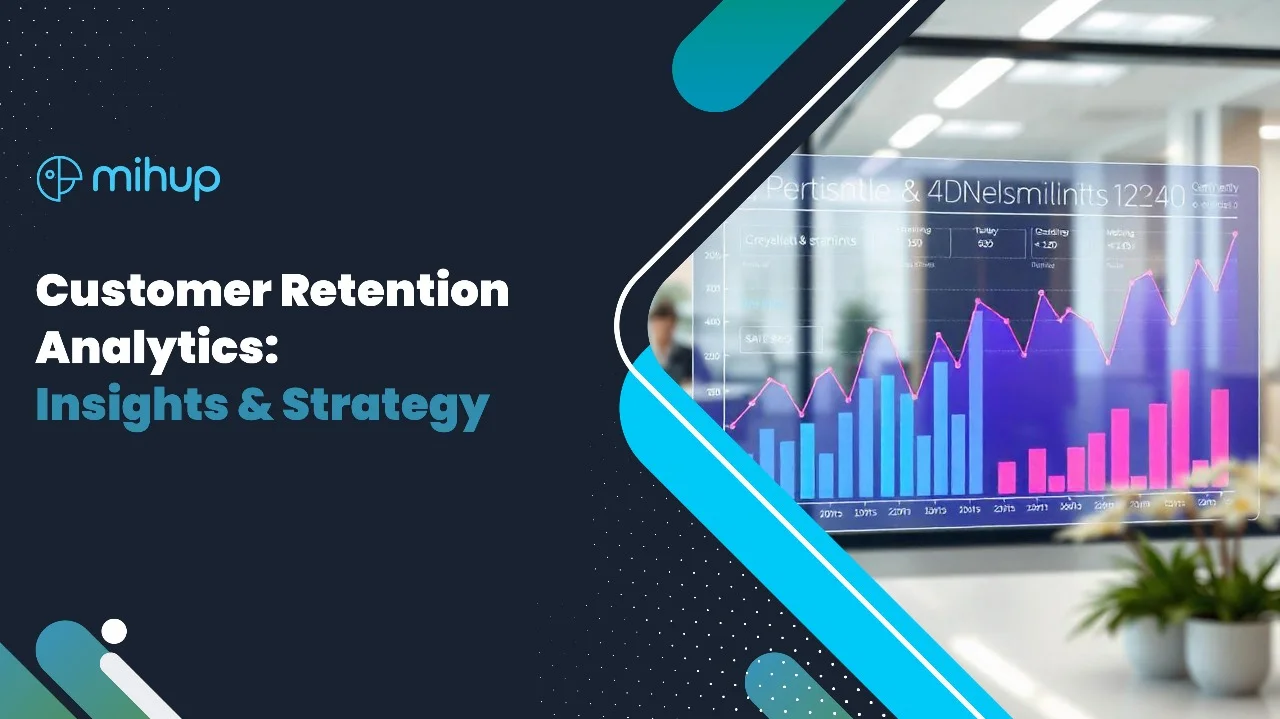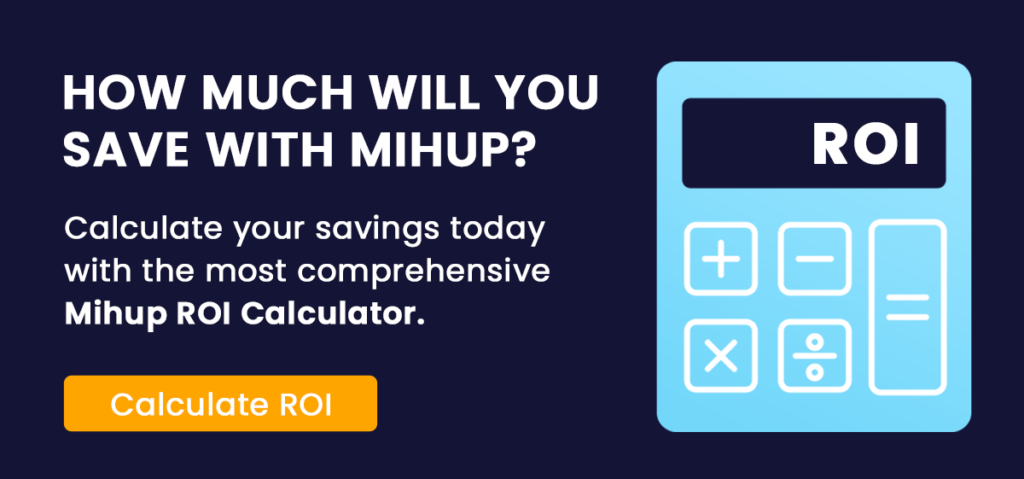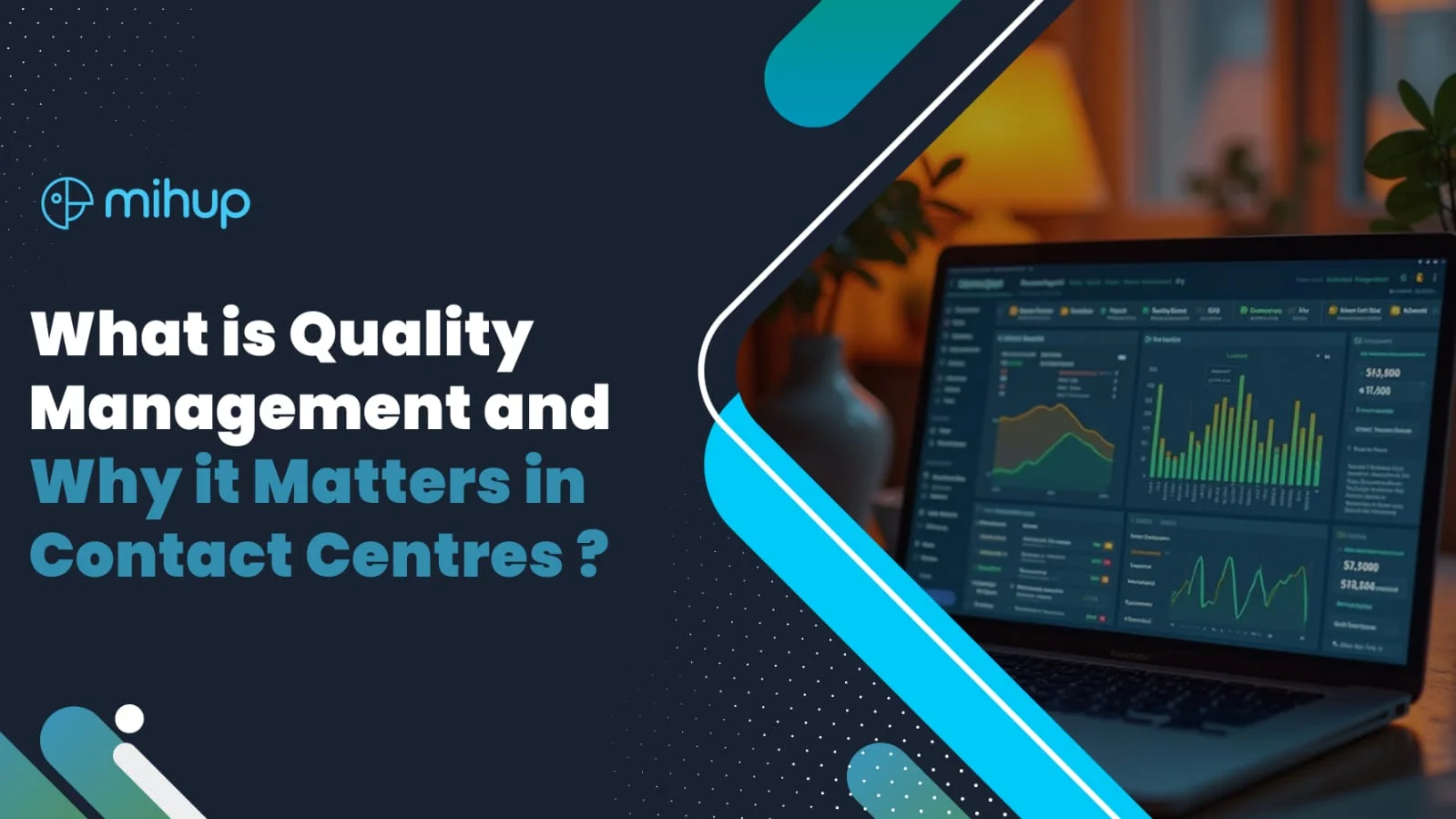Customer retention analytics is essential to the growth and profitability of your business. It’s said that 80% of future profits come from just 20% of existing customers, highlighting the importance of retaining your customers. By utilizing customer retention analytics, businesses can better understand why customers leave, which allows for more effective marketing strategies and cost-saving measures. The right insights from retention analytics can help businesses improve customer loyalty while minimizing unnecessary marketing expenditure.
Customer retention analytics not only shows you why loyal customers continue to buy from you but also provides strategies to keep them engaged over the long term. By applying customer retention analytics, you can proactively address issues and optimize the customer experience.
What is Customer Retention Analytics?
Customer retention analytics (or survival analysis) studies user behavior to understand why customers leave. It identifies patterns, predicts churn, and helps improve retention strategies. Businesses can offer personalized experiences, better customer support, and improved products, all of which help retain customers by analyzing data.
This analysis answers the most important questions:
- Why are customers leaving?
- When are customers most likely to leave?
- How does churn affect revenue?
- How can you improve retention?
5 Essential Customer Retention Metrics
There are five types of retention analytics:
- Prescriptive Analytics
This type of analysis answers specific questions, such as what the best next action is to retain a customer. It shows future solutions and the impact of decisions, guiding you to the best approach for retaining customers. - Predictive Analytics
Predictive analytics uses data to forecast future events, such as predicting churn or renewal risk. It helps businesses identify at-risk customers early and take action before they leave. - Descriptive Analytics
Descriptive analytics looks into past behaviors for patterns. It can show you trends in customer behavior and the market so that you understand why things have happened. - Diagnostic Analytics
This views a situation to understand why something happened. You can know why customers leave by looking into churn reasons and usage trends, thus tailoring your product or service accordingly to solve the problems. - Outcome Analytics
This is also referred to as consumption analytics, which looks at customer behavior and how it influences outcomes. It helps a business understand how customers use the product, which offers opportunities to improve the product and retention strategies.Together, these analytics offer a full picture of customer behavior, enabling businesses to take more proactive steps to retain customers.
How Customer Retention Analytics Works
Retention analysis extends beyond the tracking of churn rates. You really need to learn why customers are leaving by studying the behaviors of every stage of the customer’s journey with your product. This gives you a reason to make smart decisions that result in long-term success.
- Identify Where Customers Churn: Retention analysis helps pinpoint when customers are most likely to churn. By studying their behavior at different stages, like onboarding or after a product update, you can detect where churn is happening and take action to prevent it.
For example, if customers tend to leave within 30 days, this could point to issues with onboarding or initial satisfaction. If churn spikes after a pricing change, you may need to address concerns around product value. - Understand Why Customers Churn: Once you know why customers are churning, then it is necessary to understand the reason. Sometimes, analyzing their feedback and behavior helps you come to the roots, such as poor customer service, dissatisfaction with products, or the price itself. This enables you to know exactly where improvement is needed.
- Uncover How You Can Improve Retention: You can now, after knowing how and when they are churning, adjust strategies for improving retention. Some strategies include the following: onboarding improvements and personalized support.
Steps to Conduct Effective Retention Analysis
To make the most of retention analysis, follow these steps:
Step 1: Calculate Your Retention Rate
Start by calculating your retention rate. This will tell you how many customers are staying versus leaving. A high retention rate shows that customers are satisfied, while a low rate means there’s room for improvement. Consider revenue retention, especially if you have high-value customers.
Step 2: Cohort Analysis
Cohort analysis groups customers together based on common traits, for example, sign-up date, demographics, usage patterns—and tracks retention over time. Thus, you have a clue for trends and behaviors in certain cohorts, so you know how to gear your retention work.
Step 3: Track Customer Behavior Across the Lifecycle
Customer behavior changes throughout their journey. By tracking engagement at each stage from acquisition to attrition; you can adjust your approach based on the specific needs of different customer segments.
Step 4: Choose Retention KPIs
To guide your retention strategy, define key performance indicators (KPIs). Common KPIs include:
- Churn Rate: The percentage of customers who stop using your product.
- Customer Lifetime Value (CLV): The total revenue a customer generates.
- Customer Engagement Score: Indicates how active the customers are toward your product.
- Net Promoter Score (NPS): Measures loyalty levels and the degree of recommendation with your product.
Step 5: Flag Behaviors Associated with Potential Risk of Churn
Flag behaviors such as reduced usage of products or lower levels of engagement—take the necessary precautions to retain the customers before they start to churn. For example, if a customer deactivates, create re-engagement opportunities with personalized offer reminders.
Step 6: Obtain Direct Feedback from Customers
Surveys, interviews, and reviews provide direct insight into why customers leave. Understanding their reasons allows you to make improvements and potentially win back lost customers.
Conclusion
Customer retention is one of the major keys to business success. It drives profitability and growth while reducing the need for costly customer acquisition efforts. You can identify churn causes and enhance customer satisfaction, leading to more loyal customers and better long-term results through comprehensive retention analysis.
Through constantly refining your retention strategies on the basis of data, feedback, and insights, you can better come up with ways that build customers and strengthen your business.
Unlock Powerful Insights with Mihup.ai’s Retention Analytics
To truly optimize customer retention, understanding your metrics is key. Mihup.ai empowers you with advanced analytics tools that allow you to uncover essential data and insights. With its cutting-edge AI-driven platform, you can track retention trends and measure customer engagement in real-time. Additionally, interaction analytics are crucial for analyzing customers better, helping you understand their behaviors and preferences, and ultimately improving retention efforts.
By leveraging Mihup.ai, you gain access to personalized retention insights that help you make smarter, data-driven decisions. This powerful tool is designed to fuel customer success and ensure your strategies are aligned with long-term business growth.
Take control of your customer retention journey with Mihup.ai and drive lasting results.





